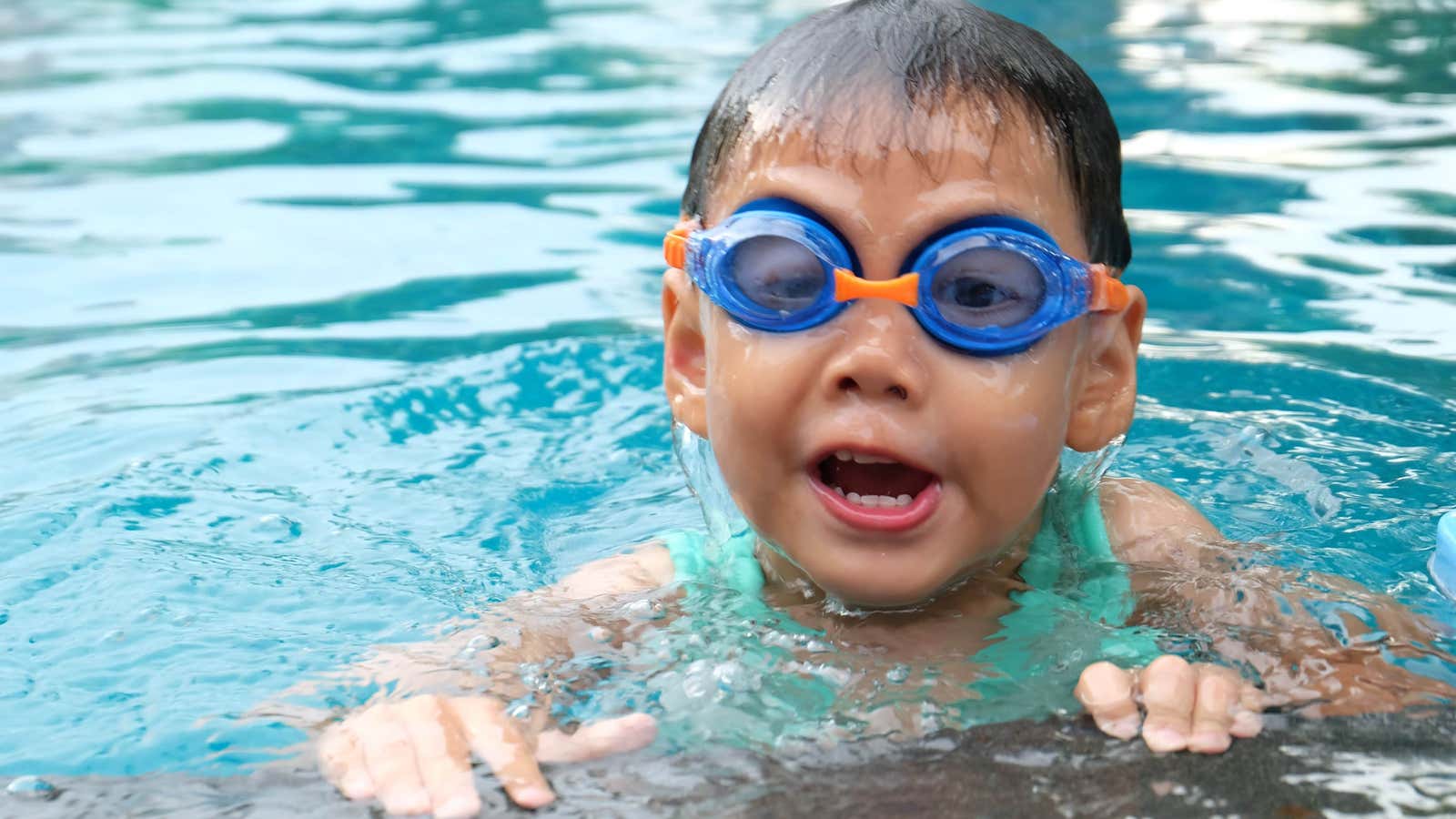Start Teaching Your Children to Swim at the Age of 1 Year, According to AAP

The American Academy of Pediatrics requires parents of children of all ages to be vigilant about water safety, especially toddlers and adolescents, who are most at risk of drowning. But it may have also set the sweet spot for parents to start swimming lessons for their kids – right on their child’s first birthday.
The updated AAP drowning prevention guidelines define age 1 as the point at which swimming lessons are beneficial for children. But parents also need to consider other personal factors, such as water comfort, health, and physical and cognitive limitations.
Infants under 1 year of age are unable to learn complex movements, such as breathing, for swimming during development. They can reflexively swim underwater, but cannot effectively raise their head to breathe. There is no evidence that baby swimming programs for children under 1 year of age are beneficial.
The AAP also emphasizes in its policy statement that swimming skills alone will not prevent drowning. The development of these skills is important, but it must also be combined with “knowledge and awareness of local hazards and / or risks and their own limitations; how to wear a lifejacket (formerly called a “wearable personal flotation device”); and the ability to recognize and respond to a swimmer in distress, call for help, and perform safe rescue and cardiopulmonary resuscitation. ”
Here are some more AAP water safety guidelines:
- For houses with a pool, the most important security measure is a four-sided fence with self-closing and self-closing gates that completely surrounds the pool and isolates it from the house.
- Parents and guardians should never leave children alone or in the care of another child while in or near baths, pools, spas, or other open bodies of water.
- Adults should drain buckets and other containers immediately after use.
- Do not leave small children alone in the bathroom. Toilet locks can prevent babies from drowning.
- When babies or toddlers are in or around the water, a supervising adult with swimming skills should be at arm’s length to ensure constant touch control.
- Even with older children and better swimmers, the observing adult should focus on the child and not engage in other distractions.
While there may be no evidence that swimming lessons for babies can help prevent drowning, there is nothing wrong with enrolling in swimming lessons between parents and children to have fun and teach them how to be in the water.
Here, AAP has more tips for finding the right sailing class for your family.